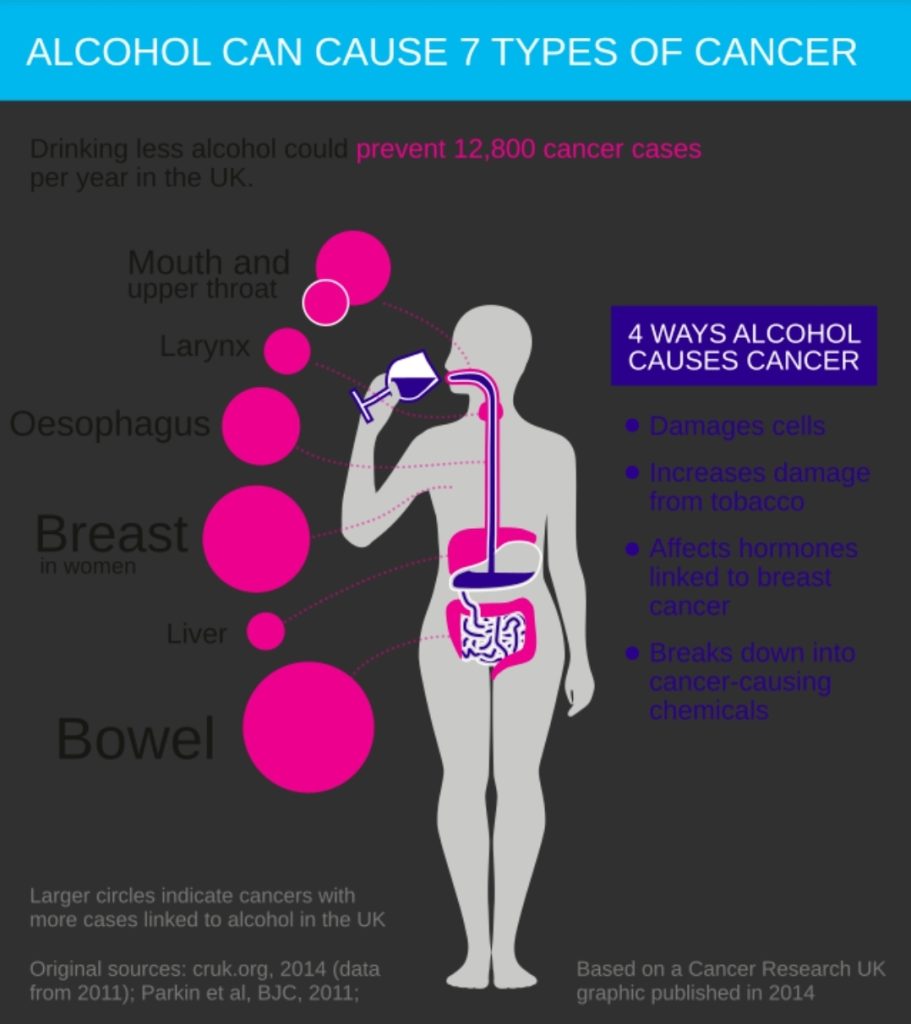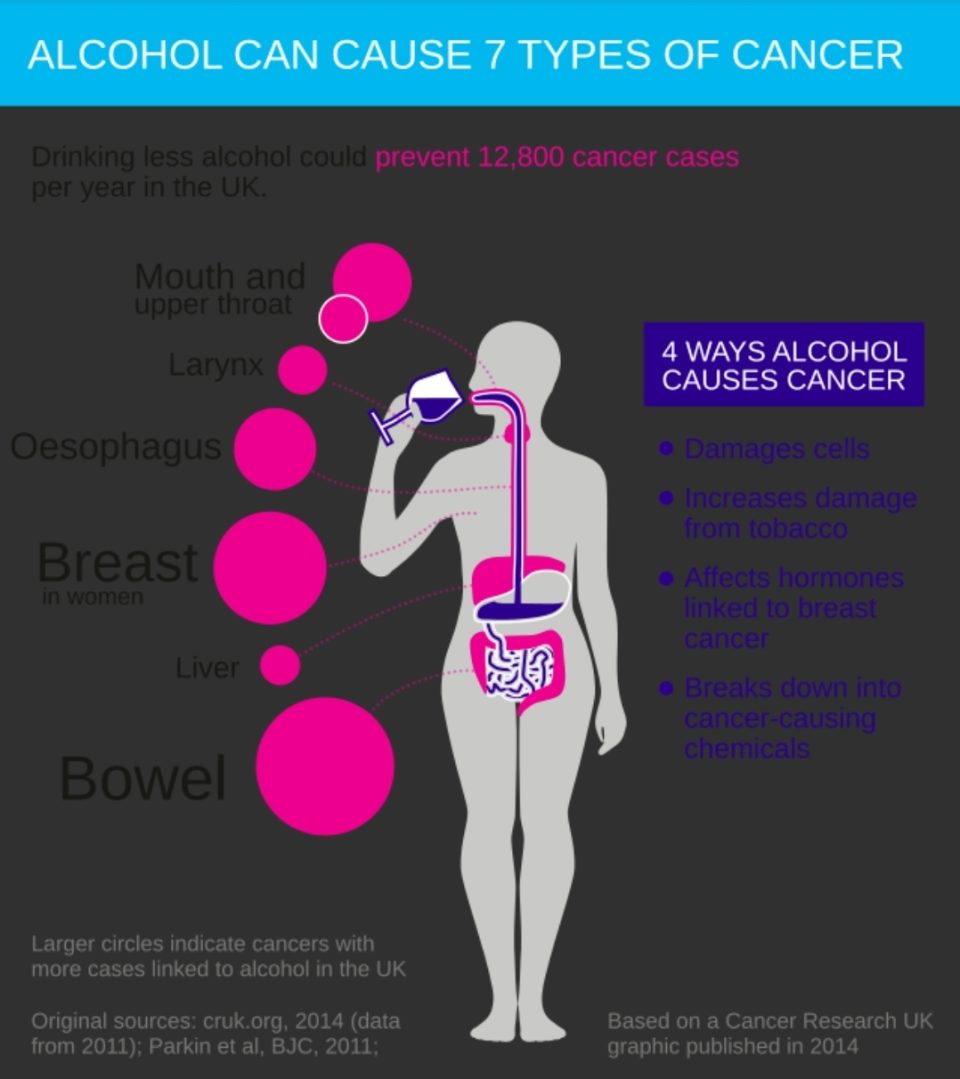Redefining Customer Experience: How Transparent Alcohol Warning Labels Empower Consumers
The modern customer expects transparency, reliability, and ethical responsibility from brands, especially when products impact health. However, alcohol warning labels, despite their critical role, fail to meet these expectations. Advocates like Alcohol Justice highlight this gap and emphasize the need for consumer-focused reforms. Consequently, this raises an important question: how can improved labeling transform customer experience (CX) in the alcohol industry?
The Problem in Alcohol warning labels: Outdated Labels and Misleading CX
Current alcohol warning labels, in use for 35 years, fail to reflect updated medical knowledge. They vaguely state that alcohol “may cause health problems,” ignoring concrete links to cancer. Furthermore, these labels lack visibility, legibility, and emotional resonance. Consequently, customers experience “warning fatigue,” undermining the intended purpose.
Worse still, online alcohol sales provide an opportunity for brands to bypass labeling requirements entirely. As a result, customers purchasing online remain unaware of critical health risks. Such negligence not only compromises consumer trust but also diminishes the overall customer experience.
The Opportunity: A CX Transformation Through Awareness
Advocacy efforts are now urging Congress to address this glaring shortfall. Revising labels with clear, science-based messages can reshape customer perceptions. For instance, labels can highlight cancer risks, ensuring customers feel informed and respected. This small yet impactful change could foster greater trust in the industry.
Moreover, integrating visually appealing elements, such as bold graphics and color coding, can enhance message retention. Improved aesthetics, combined with accessibility, directly elevate CX by prioritizing customer comprehension. As customers feel empowered to make informed decisions, their sense of autonomy increases significantly.
Why It Matters: Trust as the Foundation of CX
Trust forms the bedrock of all positive customer experiences. When brands fail to disclose known risks, they erode that trust irreparably. Conversely, transparent practices strengthen brand-consumer relationships, particularly when customers feel prioritized over profits. By addressing alcohol-related cancer risks openly, brands can align themselves with consumer values.
Additionally, advocacy groups stress the importance of labeling alcohol as a behavioral risk factor akin to tobacco. With both substances posing severe health risks, treating them differently sends mixed signals to customers. Clear warnings not only inform but also demonstrate an ethical commitment to customer well-being.
Personalization in CX: Addressing Gender-Specific Risks
The Surgeon General’s recent report reveals that women face disproportionate cancer risks from alcohol consumption. Around 60% of alcohol-related cancer deaths in women are due to breast cancer. Such findings demand tailored messaging that addresses these gender-specific risks.
By segmenting their audience and creating targeted communication, brands can make warning labels more relevant. Customers, particularly women, will appreciate the effort to acknowledge their unique concerns. Personalized labeling represents a significant opportunity for brands to improve CX while promoting health awareness.
Digital Channels: The Future of CX Transparency
As e-commerce dominates, online alcohol sales continue to grow exponentially. Unfortunately, current CX strategies fail to incorporate necessary health disclosures in digital environments. Transitioning warning labels to digital platforms presents both a challenge and an opportunity for innovation.
For example, pop-up warnings during checkout or interactive graphics on product pages can replicate on-package labels online. Brands willing to adapt these strategies will differentiate themselves in the market. As customers increasingly demand digital accountability, seamless integration becomes essential for competitive CX.
The Role of Congress: Enabling the CX Revolution
For real change to occur, policymakers must intervene by enforcing stricter labeling regulations. Congress can mandate clear, visually compelling warnings on alcohol packaging and digital platforms. Similarly, they can encourage brands to adopt best practices from other regulated industries.
Take tobacco as a prime example. Graphic warning labels on cigarette packaging successfully reduced consumption and improved public awareness. Alcohol brands adopting similar practices could achieve comparable success. Therefore, congressional action is paramount to delivering better customer experiences through transparency.
Best Practices for CX-Driven Labeling
To optimize CX, alcohol warning labels should:
- Use bold visuals and contrasting colors for greater readability.
- Include concise, evidence-based messaging about cancer risks.
- Tailor information for different demographics, especially women.
- Adapt seamlessly to digital platforms for online sales.
- Evolve periodically to reflect new medical discoveries.
By implementing these changes, brands can ensure labels resonate deeply with consumers. Enhanced CX starts with prioritizing the needs of customers over outdated industry norms.
California’s Prop 65: A CX Case Study
California’s Prop 65 mandates cancer warnings at points of sale for alcoholic beverages. While the initiative increases awareness, it remains flawed. Poorly maintained signs, exempt packaging, and minimal enforcement limit its effectiveness. Moreover, online retailers frequently evade compliance, leaving digital consumers uninformed.
Prop 65 highlights the need for cohesive CX strategies that address both physical and digital environments. By learning from California’s successes and shortcomings, brands can design comprehensive solutions. Enhanced labeling must transcend regulations to deliver tangible improvements in customer satisfaction.
Alcohol warning labels: The Future of Ethical CX
The alcohol industry stands at a critical crossroads. Brands can either continue outdated practices or embrace transparency to elevate CX. Advocacy efforts provide a roadmap for change, urging companies to align their practices with customer expectations.
Ultimately, empowering customers through knowledge benefits both brands and society. When customers trust a brand, loyalty naturally follows, fostering long-term relationships. By addressing alcohol-related cancer risks openly, the industry can redefine itself as a champion of consumer well-being.

Alcohol warning labels: Transparency as a Catalyst for CX Innovation
Transparency is no longer optional; it is the cornerstone of exceptional customer experiences. Updating alcohol warning labels represents a pivotal step toward aligning brand practices with consumer expectations. The time to act is now, and Congress, brands, and advocacy groups must collaborate to deliver this much-needed reform.
By prioritizing customer empowerment, the alcohol industry has a unique opportunity to turn transparency into its greatest asset. In doing so, it can forge stronger connections with customers, drive loyalty, and demonstrate a commitment to health-focused CX innovation.

